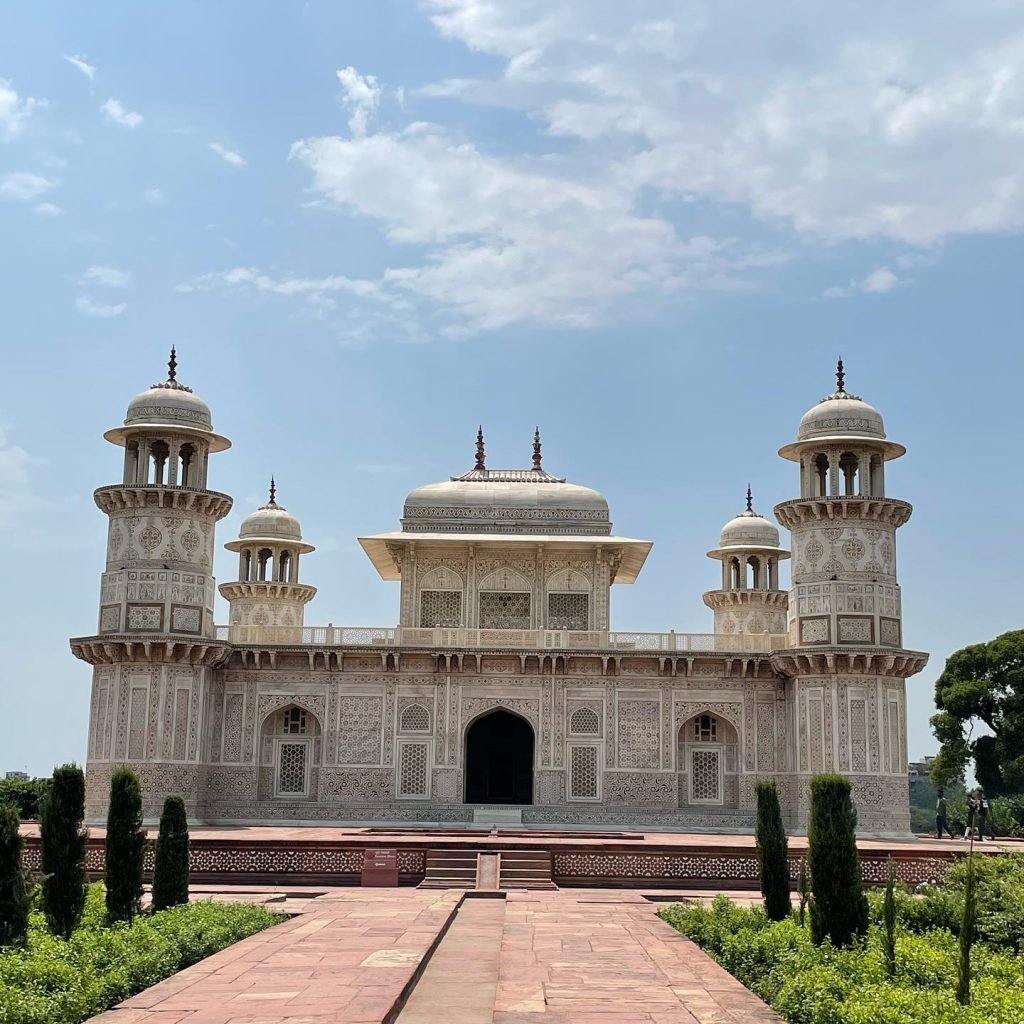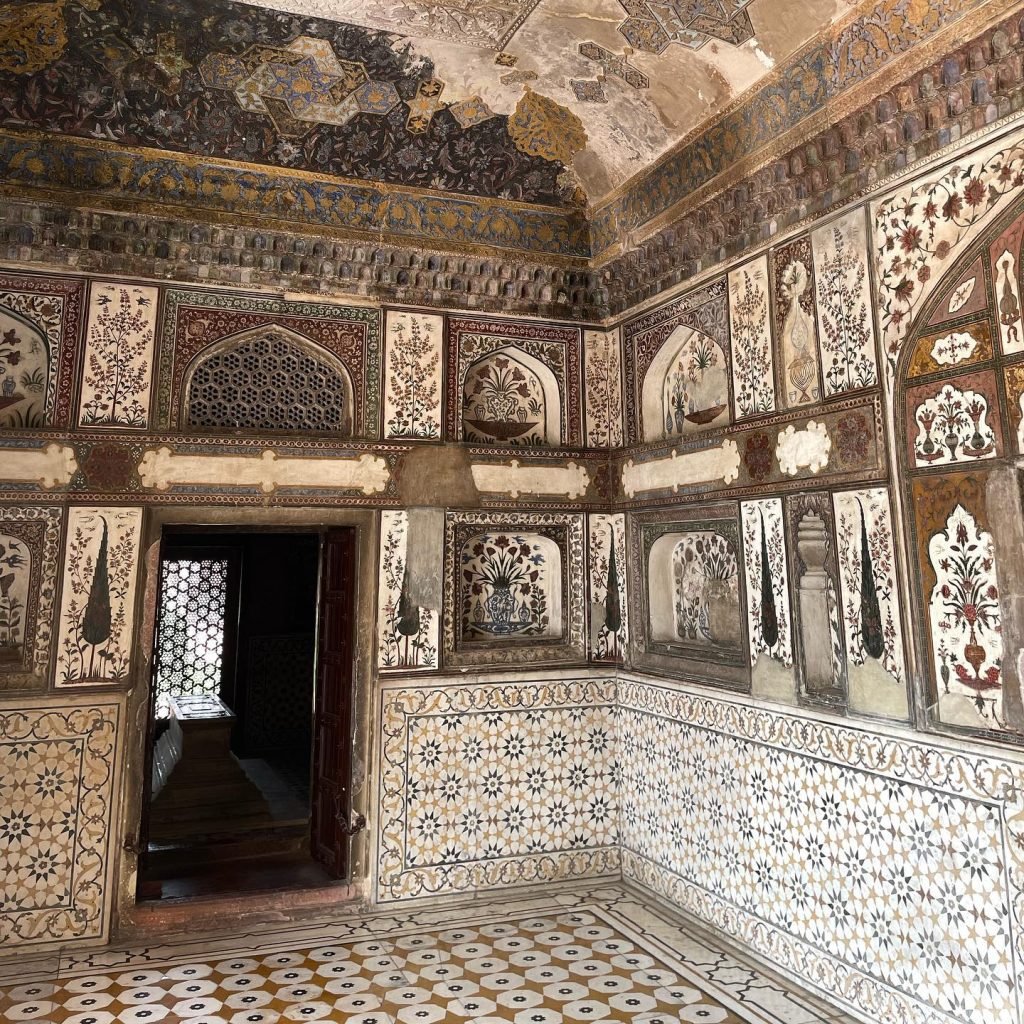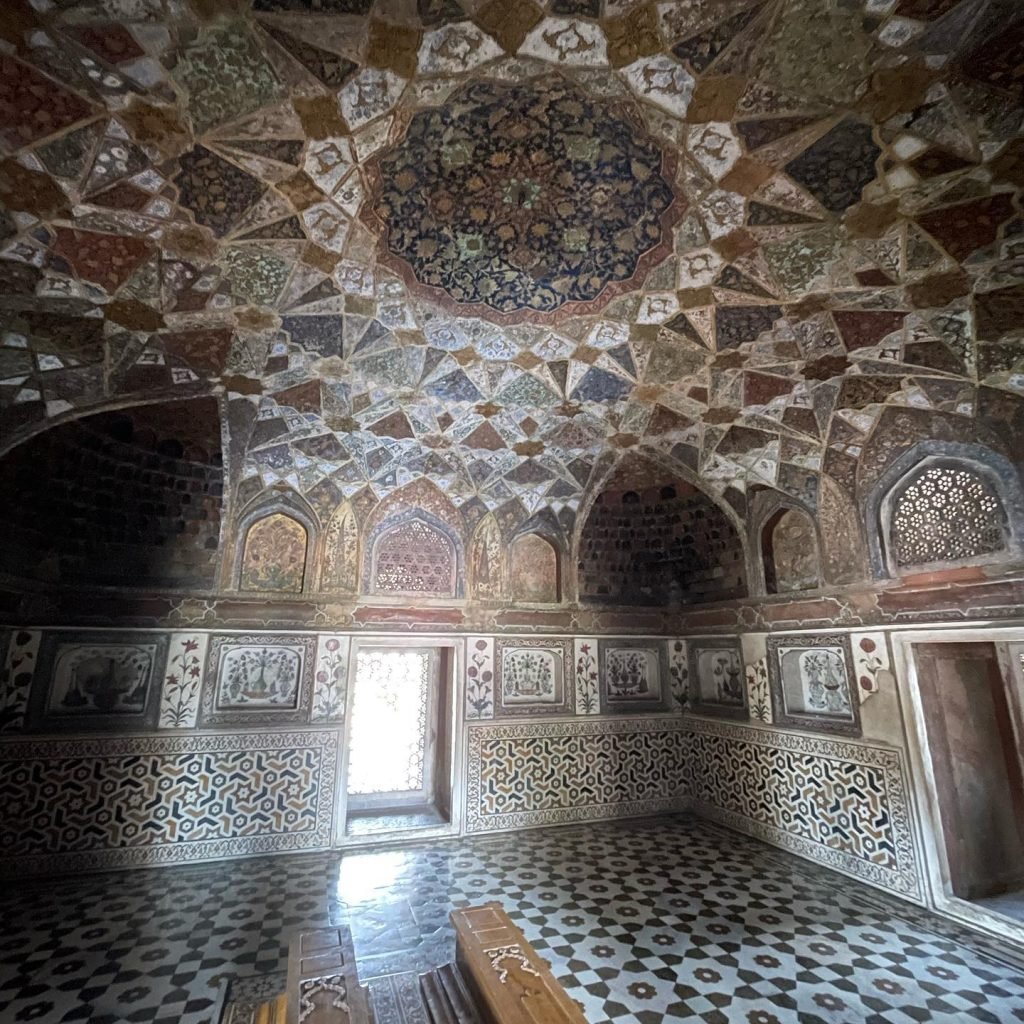In the Mughal Empire, titles were often used to denote a person’s rank, position, and status within the imperial court. The title “Pillar of the State” or “I’timad-ud-Daulah” was one such title that was conferred upon Mirza Ghiyas Beg, who served as the Prime Minister of the Mughal Empire under Emperor Jahangir.
Discover the Incredible Journey of Mirza Ghiyas Beg: From Exile to Empowerment in the Mughal Empire! Learn about the life of this prominent figure who rose from humble beginnings to become one of the most influential officials in the Mughal court. Explore his legacy and the impact he had on the history of the Mughal Empire. Delve into the rich cultural and historical heritage of India and uncover the fascinating story of Mirza Ghiyas Beg.
you also like to read: Taj Mahal day trip from Delhi by Train: Experience the Magic of the Taj Mahal

Delhi Agra one day tour by Car – Book with Local Expert From ₹ 6,500
Delhi Agra one day tour by Car Inclusive of neat and clean Car with Experienced Driver + Local Live Guide on Additional cost – Check Out More!
View DetailsThis title was given to him in recognition of his significant contributions to the administration and governance of the empire. As the Prime Minister, Mirza Ghiyas Beg played a critical role in managing the affairs of the state, including finance, foreign relations, and the military.
“Join us on a journey to uncover the fascinating life of Mirza Ghiyas Beg and gain a deeper understanding of the Mughal Empire and its legacy.”
He was also known for his diplomatic skills and was instrumental in establishing friendly relations between the Mughal Empire and other neighboring states. The title “Pillar of the State” thus reflected his importance and influence within the Mughal court and his pivotal role in maintaining the stability and prosperity of the empire.
The Mughal Empire was one of the most powerful and prosperous empires in the world, and the imperial court was known for its intricate hierarchy and elaborate titles.
Among these titles, “I’timad-ud-Daulah” or “Pillar of the State” was one of the most significant, reflecting the immense importance of its holder in the empire. Mirza Ghiyas Beg, who was bestowed with this title, served as the Prime Minister of the Mughal Empire under Emperor Jahangir.
As the Prime Minister, he was responsible for overseeing the administration and governance of the empire, including finance, foreign relations, and the military. He was also a skilled diplomat who played a crucial role in establishing friendly relations with neighboring states.

The title “Pillar of the State” thus reflected the pivotal role that Mirza Ghiyas Beg played in maintaining the stability and prosperity of the empire. It indicated his immense influence and importance within the imperial court, as well as his status as a trusted advisor to the emperor.
More broadly, the title reflected the Mughal Empire’s emphasis on the central role of the state in ensuring the welfare and prosperity of its citizens, and the importance of having capable and skilled officials like Mirza Ghiyas Beg to support the emperor in this endeavor.
.
“Embark on a journey of discovery to uncover the incredible life of Mirza Ghiyas Beg and his impact on the Mughal Empire! Gain a deeper understanding of the rich cultural and historical heritage of India by exploring the fascinating story of this influential figure.”
I’timad-ud-Daulah: The Meaning Behind the Title of a Prominent Mughal Official
“I’timad-ud-Daulah” is a Persian term that translates to “Pillar of the State”. This title was bestowed upon Mirza Ghiyas Beg, a distinguished Persian official who served as the Prime Minister of the Mughal Empire under Emperor Jahangir.
Mirza Ghiyas Beg was also the grandfather of Mumtaz Mahal, the wife of Emperor Shah Jahan, who commissioned the building of the Taj Mahal. The Itmad-ud-Daulah tomb, situated in Agra, is also known as the “Baby Taj” and is considered a precursor to the Taj Mahal in terms of its architectural style and design.

Mirza Ghiyas Beg, was a prominent member of the Mughal Empire and his children served as wives, mothers, and generals of Mughal emperors. Born in Tehran to a family of poets and high officials, Mirza Ghiyas Beg’s fortunes took a turn for the worse after his father’s death in 1576.
“Take a captivating journey of discovery to uncover the life and legacy of Mirza Ghiyas Beg, a prominent figure in the Mughal Empire.”
He migrated to India with his pregnant wife Asmat Begum and their three children in search of refuge. Mirza Ghiyas Beg was welcomed by the Mughal emperor Akbar and appointed treasurer for the province of Kabul.
His status further increased during the reign of Akbar’s son and successor Jahangir, who married his daughter Nur Jahan and appointed Mirza Ghiyas Beg as his Prime minister.
By 1615, he had risen to even greater prominence, receiving the status of 6,000 men and a standard and drums, a prestige typically reserved for distinguished princes.
The Tomb of I’timād-ud-Daulah: A Jewel Box of Mughal Architecture
The Tomb of I’timād-ud-Daulah is a stunning mausoleum located in Agra, India. It was commissioned by Nur Jahan, the wife of Emperor Jahangir and daughter of Mirza Ghiyas Beg, who was also known as I’timād-ud-Daulah. The tomb was built between 1622 and 1628 and is often referred to as the “Baby Taj” due to its striking resemblance to the Taj Mahal, which was built later.
The tomb is renowned for its exquisite architecture, which is a blend of Indian, Persian, and Islamic styles. It is built of white marble and decorated with intricate carvings and inlaid designs made of precious stones. The tomb is set in a lush garden, which adds to its serene and tranquil ambiance.
In addition to its aesthetic appeal, the tomb is also historically significant. It is the first Mughal monument to be built entirely of white marble, which became a signature of Mughal architecture. It is also an important example of the use of pietra dura, a technique of inlaying semi-precious stones into marble, which was later used to decorate the Taj Mahal.
the Tomb of I’timād-ud-Daulah is a masterpiece of Mughal architecture and is a must-visit for anyone interested in the art and history of the Mughal Empire.

The garden surrounding: the Tomb of I’timād-ud-Daulah is also notable for its design and symbolism. The garden is a traditional Persian-style charbagh, which means “four gardens,” and is divided into four sections by walkways or water channels. The garden is designed to represent paradise on Earth, with the four sections symbolizing the four rivers of paradise in Islamic tradition: the Nile, Euphrates, Oxus, and Jhelum.
You also like to read: Amarvilas Agra: Featured Experiences
The garden is also adorned with various plants and flowers, including roses, jasmine, and marigolds, which add to its beauty and fragrance. The garden was designed to be a peaceful retreat for visitors, with benches and pavilions placed throughout the garden for relaxation and contemplation.
the garden surrounding the Tomb of I’timād-ud-Daulah is a beautiful and serene space that complements the exquisite architecture of the tomb itself. Together, they create a stunning and harmonious work of art that reflects the vision and creativity of the Mughal Empire.


































